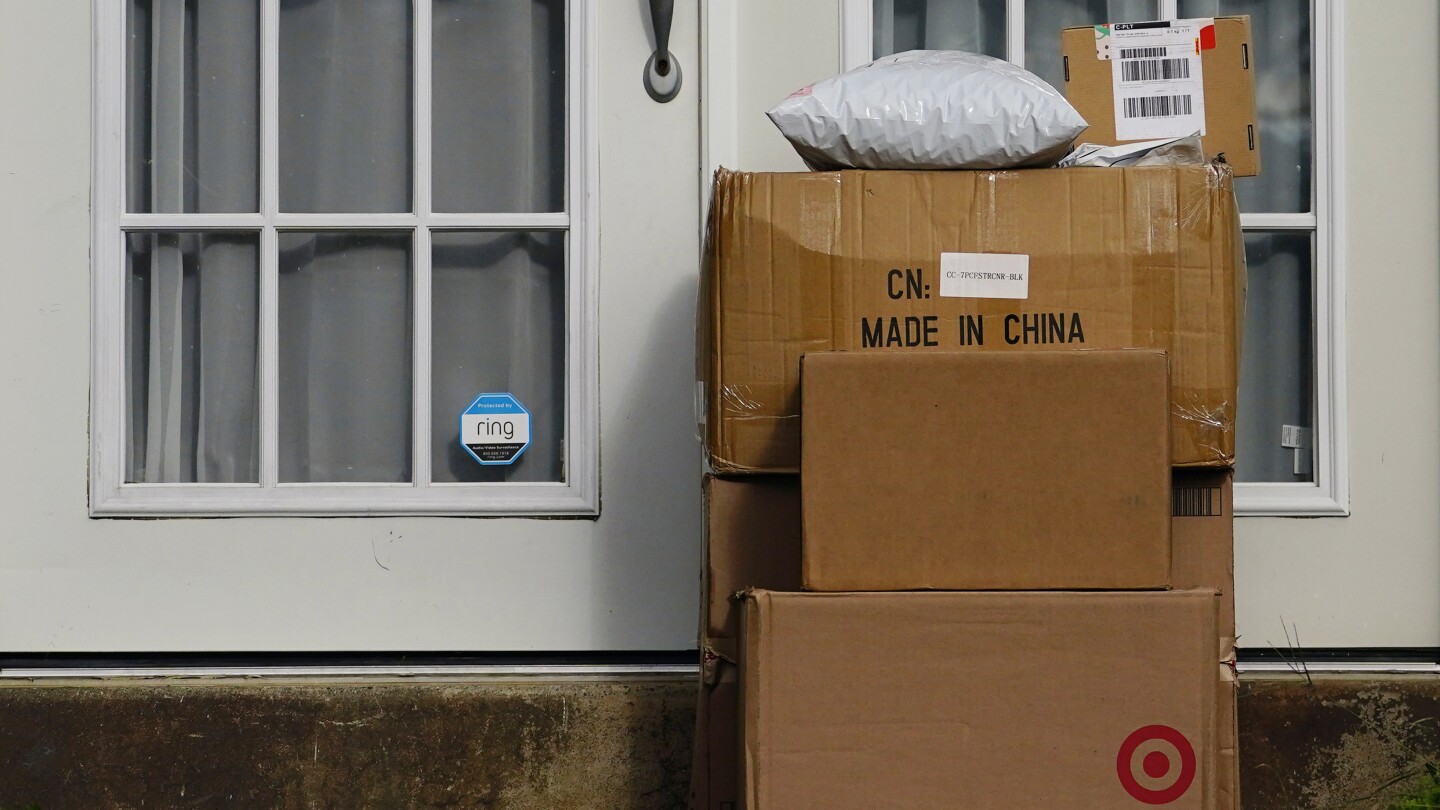How US Tariffs on Chinese Imports Will Impact Your Wallet
As the US government implements new tariffs on Chinese imports, consumers may soon feel the pinch in their pockets. The implications of these tariffs stretch far beyond the trade sector; they are poised to impact everyday shopping experiences for millions of Americans. This article will explore how prices for fast fashion, electronics, and toys are expected to rise, prompting questions about the future of affordable shopping.
The Rise of Tariffs: What’s Happening?
US tariffs on Chinese imports have been a hot topic over the past few years, with the government imposing various duties aimed at addressing trade imbalances and intellectual property concerns. These tariffs typically add a percentage to the cost of goods imported from China, which in turn affects retail prices in the United States.
For instance, a tariff of 25% on specific categories means that a $100 product could now cost consumers $125. While it may seem like a small price increase, the cumulative effect across various sectors can lead to significant changes in consumer spending habits.
Fast Fashion: A Closely Watched Sector
Fast fashion brands, known for their trendy yet affordable clothing, are particularly vulnerable to these tariff changes. Many of these retailers source their products from China, where manufacturing costs are lower. As tariffs increase, these companies may find it challenging to absorb the additional costs.
- Increased Prices: Retailers may pass on the additional costs to consumers, leading to higher prices for clothing and accessories. Expect to see price tags that reflect a jump of 10% to 20% or more.
- Changes in Product Availability: To manage costs, some retailers might reduce the variety of products they offer. This could limit consumers’ choices, forcing them to either pay more for their preferred items or settle for less appealing alternatives.
- Shift in Shopping Habits: Increased prices might push consumers to seek out alternatives, such as thrift stores or online marketplaces, affecting the fast fashion industry’s profitability.
Electronics: The Tech Price Surge
The electronics industry is another area that will feel the impact of US tariffs on Chinese imports. Many popular gadgets, including smartphones, laptops, and accessories, are manufactured in China. As tariffs come into play, consumers can expect to see noticeable price hikes.
- Smartphones: Major brands may increase the prices of their latest models by hundreds of dollars. For example, a smartphone that retails for $800 could easily see a price increase to $900 or more.
- Computer Hardware: Components like graphics cards and processors, which are often sourced from China, may also see price increases. This could impact gamers and professionals who rely on high-performance tech.
- Consumer Choices: With rising costs, consumers might delay upgrades or opt for older models, impacting overall sales in the tech industry.
Toys: Playtime Pricing
The toy industry is particularly sensitive to tariff changes, as many popular toys are manufactured in China. Families looking to purchase the latest games and toys for their children could find themselves paying more than they bargained for.
- Holiday Shopping: With the holiday season approaching, parents might face higher prices for sought-after toys. A toy that typically costs $30 could jump to $40 or more, straining family budgets.
- Impact on Smaller Brands: Smaller toy manufacturers who primarily rely on Chinese suppliers may struggle to compete against larger brands that can absorb costs better.
- Long-term Effects: In the long run, sustained price increases may lead to a decline in sales, prompting companies to rethink their supply chains and production strategies.
What Can Consumers Do?
While the looming tariffs may seem daunting, consumers can take proactive steps to mitigate the financial impact. Here are some strategies to consider:
- Shop Smart: Keep an eye out for sales and discounts. Retailers may offer promotions to attract customers despite the rising prices.
- Consider Alternatives: Explore local or domestic brands that may not be affected by tariffs, providing a more affordable option.
- Plan Purchases: If you know a price hike is imminent, consider buying essential items before the tariffs take effect.
The Broader Economic Picture
It’s essential to view these tariffs within the larger economic context. While they aim to protect domestic industries, the reality is that they can lead to inflationary pressures that affect everyday consumers. Higher prices for imported goods can erode purchasing power, leading to a cautious consumer sentiment.
Moreover, businesses may face increased operational costs, which could lead to layoffs or reduced hours for workers. The economic ripple effect can extend beyond consumers, affecting entire communities and industries.
The Future of Affordable Shopping
As we look ahead, the future of affordable shopping in the United States may be uncertain. While tariffs intend to level the playing field in international trade, they can inadvertently impact the accessibility of goods for average consumers.
Consumers should stay informed and engaged with the evolving landscape of tariffs and trade policies. Being aware of how government decisions affect prices can empower shoppers to make informed choices and advocate for their interests.
Conclusion
In summary, US tariffs on Chinese imports are set to influence prices across various sectors, including fast fashion, electronics, and toys. Consumers should prepare for the potential financial consequences while exploring strategies to navigate this changing landscape. While it may be a challenging time for shoppers, staying informed and adaptable will be key to managing expenses in an increasingly complex economic environment.
As the situation continues to evolve, it remains crucial for consumers to voice their concerns to policymakers and support initiatives aimed at creating a balanced and fair trade system that benefits everyone.
See more CCTV News Daily



